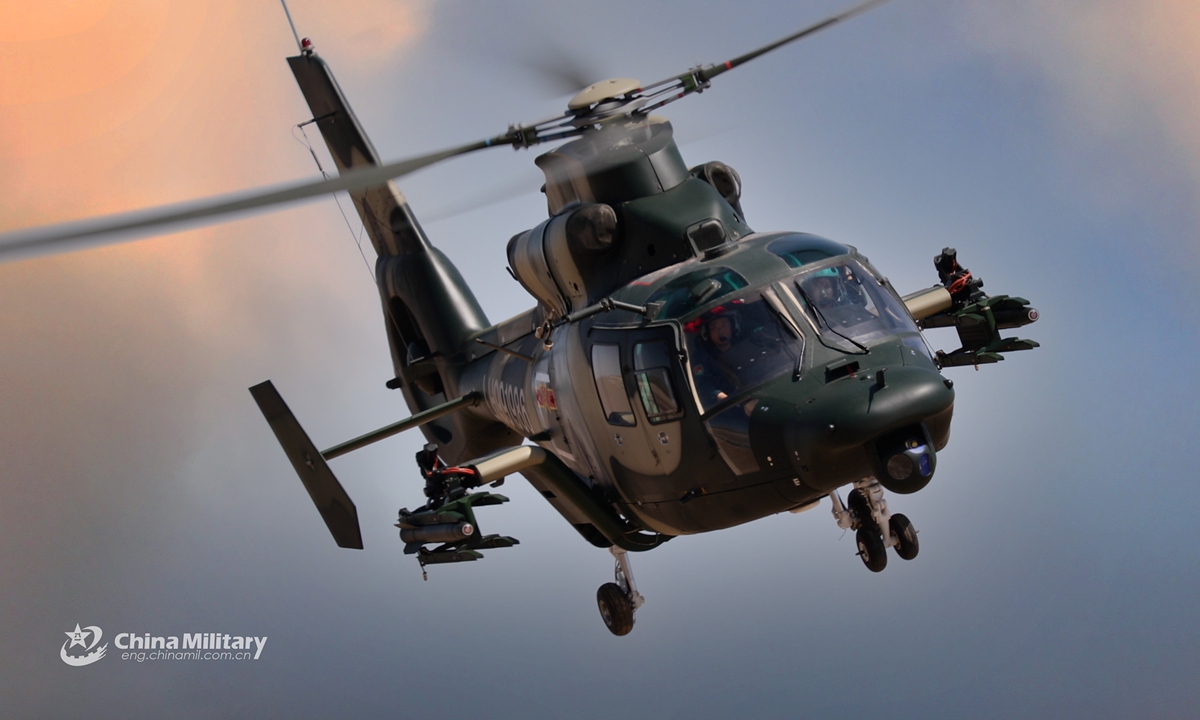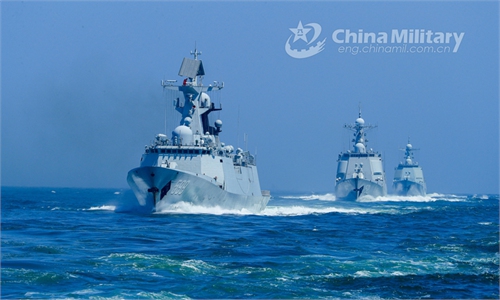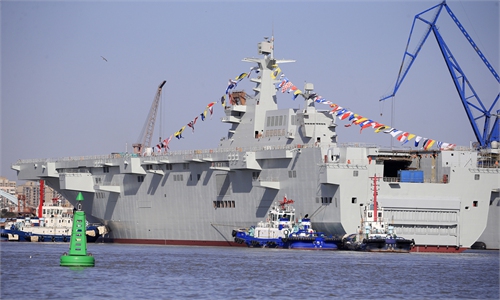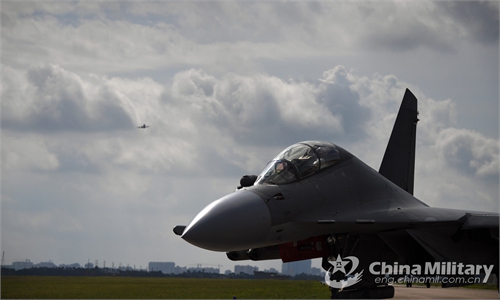
An attack helicopter attached to an army aviation brigade of the PLA 71st Group Army flies to the target area during a recent round-the-clock live-fire training exercise above China's Yellow Sea. Pilots' capability has been comprehensively tested and improved during the exercise featured with low altitude operations, in-depth attack, mixed manned and unmanned operations, and all elements coordination. (eng.chinamil.com.cn/Photo by Xiang Xu)
After having established a family of helicopter types that has several dozen models, including advanced fourth-generation choppers like the Z-20, China aims to go beyond and design more advanced new choppers. These models would include heavy transport helicopters, next-generation high-speed helicopters and new concept helicopters that would integrate the latest technologies - including artificial intelligence (AI) - into their designs, top Chinese helicopter experts said last week.
Since the 1950s, China's helicopter industry has produced more than 60 types of helicopters based on 12 platforms. With the development of the Z-20 utility helicopter, China is now capable of independently developing and producing advanced fourth-generation helicopters, Xu Jianhua, head of the China Helicopter Research and Development Institute - affiliated with the state-owned Aviation Industry Corp of China - told the Global Times on the sidelines of a future helicopter design tournament that kicked off in North China's Tianjin Municipality on Thursday.
This also means that China has established a complete family of domestically developed light, medium-sized and large helicopters, which have played important roles in the modernization of national defense and economic development, Xu said.
For the next step, China needs to develop a 40-ton-class heavy transport helicopter, Deng Jinghui, the chief designer at the institute, told the Global Times at the same event. China and Russia are jointly developing such a helicopter, according to media reports.
Chinese aviation enthusiasts are looking forward to China's own heavy helicopter like Russia's Mi-26, Deng said.
While the development of a heavy helicopter would expand China's helicopter family, China is also looking to make a technological leap from fourth-generation to fifth-generation models by developing high-speed helicopters, Deng said.
The US and European countries are making strides in their high-speed helicopter projects, like the Defiant X compound rigid-coaxial rotors helicopter jointly developed by US companies Sikorsky and Boeing. This chopper can reportedly fly faster than 400 kilometers an hour, much faster than current models.
China's future helicopters could also integrate high technologies including AI, the Internet of Things, 5G communications, new energy and new materials. For example, AI could be applied in situational awareness enhancement, decision-making assistance, intelligent pilot-helicopter interaction, smart cockpits, autopilots, boundary protection, noise-reducing smart rotor adjustments and smart landing gears, Deng said.
Xu said that future helicopters could also see drastic design changes that overthrow the current, conventional helicopter design. These new concepts could include aircraft powered by electric rotors, rotorcraft that can switch modes among flying in the air, sailing on water surfaces and submerging under water, and rotorcraft designed with easily detachable modules for different missions.
Many of these concepts were already reflected in the helicopter design tournament.
China does not expect to get any advanced technologies from other countries, and innovation is the main theme, said Deng, adding "We have solved almost all issues we could, and what remains are serious challenges that require us to work hard on."




